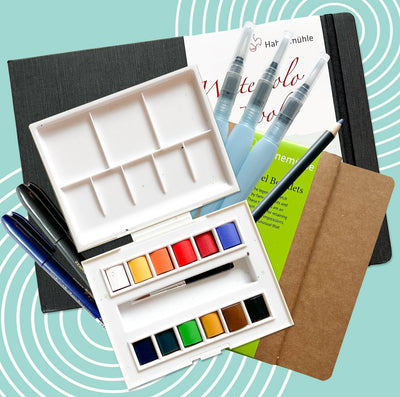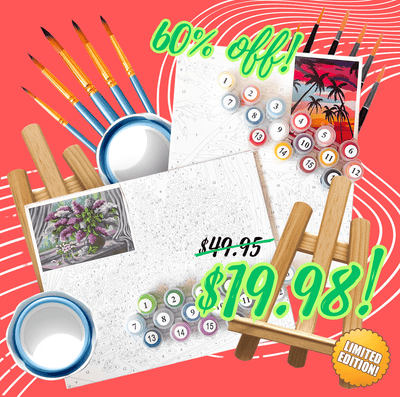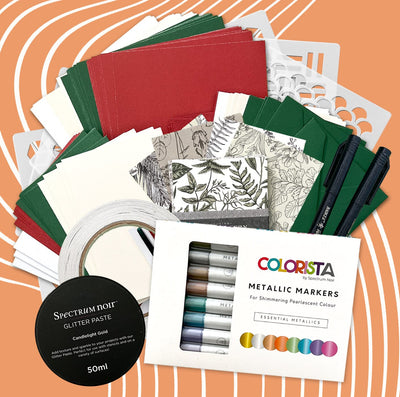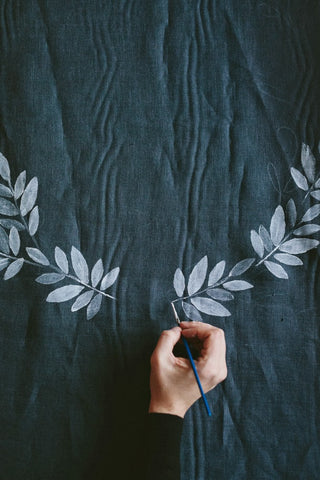Fabric painting gives you the chance to practice your art and creativity on the very versatile substrate of fabric and textiles. There are some great benefits to fabric painting. It allows you to customize clothes, wearable textiles, as well as fabric for upholstery and other crafts.
The majority of fabric painting uses paint specifically formulated for textiles. Other than that, though there are few techniques to distinguish fabric painting from other paintings that you might do on paper or canvas. Nonetheless, there are some important considerations to help preserve your fabric painting and find your style.
Don’t Forget to Prepare Your Fabric
Most fabric paints require you to prepare the fabric before painting. This is a crucial step to preserve the painting. After all, you don’t want to go through all the work of painting a piece that you like, only to find it peeling off or becoming faded.
Your preparations will depend on the fabric paint you use. This means that the instructions for that individual paint brand will be the best resource for the specific preparations that you will need to make.
You will always need to pre-wash the fabric. Pre-washing helps to clear out chemicals and starches that may remain in the fabric from manufacturing and shipping. When pre-washing, make sure not to use fabric softeners of any kind, as these will inhibit the absorbent quality of the fabric.
Once the fabric is washed and dried, you’ll also want to iron it out. Wrinkles will make it difficult to paint your designs. Additionally, prepare the area by giving yourself a clean space to work.
When painting, make sure to put a barrier between the different layers of fabric. If the fabric has a front and back, such as a t-shirt, use a barrier between the two layers to keep the paint from leaking through.
Additionally, keep in mind that some paints and dyes work best on wet fabrics, so you will have to work on dampened surfaces.
Do Use Your Favorite Painting Brushes and Tools to Create Your Preferred Effect
Since fabric paint is most often formulated similar to acrylic paints, you have a lot of flexibility when it comes to your tools and brushes.
While your usual acrylics brushes, including round and flat brushes, can do the trick, you might consider fabric painting with other tools as well. Try using rubber stamps, towels for texture, finger-painting, palette knives, and any other tools that you can think of.
Don’t Start Painting Without a Plan
Sketching a design beforehand and even practicing on fabric scraps can help save you from making costly mistakes when it comes to creating a finished piece.
Just like with any artwork, it’s best to plan out your design and approach beforehand.
Additionally, you can use light layers of paint to sketch out your design onto the fabric beforehand. Then layer paint and details onto your sketch the same way you would when illustrating on paper or canvas.
Do Use General Painting Techniques
In the end, fabric painting is just another substrate for your creativity. While it might be a little rougher or more absorbent than you’re used to, many of your usual painting techniques for bringing to life a design or shape. This means that, within reason, you can layer your paints, practice your shading and highlighting to create depth, and add in finer details.
Don’t Be Too Sparing with Your Color Mixes
When mixing colors for fabric painting, it's usually a good idea to mix a lot of it at once. This is because the unprimed fabric is more likely to soak up paint than you might be used to. It’s a good idea, therefore, to mix your paints fairly liberally, so that you have plenty of your color blend. It’s also a good idea to load up your brush so that your stroke doesn’t dry out too quickly.

Do Practice and Experiment
There are many techniques for fabric painting, including free-painting acrylics, stencils, blocking and stamping, wet painting, and spray painting. If this is a new medium for you, the best way to figure out how to achieve the effect that you want with your artwork is to practice and experiment on fabric scraps and pieces. This will help you get a grasp on how much you can layer your paint, what kind of control you will have over it, and the kind of shading that will help your designs to pop.
Not only is practicing essential but it also gives you the chance to test out your paints. Testing is a crucial step, considering that different formulas of fabric paint will react very differently to the same fabric. At the same time, even if you have become accustomed to using one particular fabric paint, the type of fabric matters as well. Different fabrics will accept, absorb, bleed, or react to your usual paint in different ways.
Don’t Be Impatient When the Paint is Drying
Before trying to move or adjust the painted fabric, it’s very important to allow it to dry completely. If you’ve painted the fabric while wet or if you have many layers of paint, this could take a while. Drying time can be a particularly important consideration for those who intend to flip the fabric or garment and paint on the other side.
Additionally, different fabric paints will have different requirements for finishing the painting process. For example, some fabric paint requires you to heat set the paint when finished. Other kinds of fabric paint might require a cool rinse, once the paint has dried completely.
Do Take Inspiration from Line Art and Embroidery Designs
Common designs for breaking into fabric painting, particularly if you want to add some details to your clothes, include floral art and wreathes, such as those common in embroidery. Designs such as these also make for good outline work, for those who want to work exclusively on fine-line art. Additionally, the designs such as those you might find in a coloring book with clean lines are good candidates for fabric painting.
Learning the art of fabric painting can expand your ability to customize your clothes, crafts, and household items. You can try it with everything from freehand painting, to stenciling, outlining, and printing.



